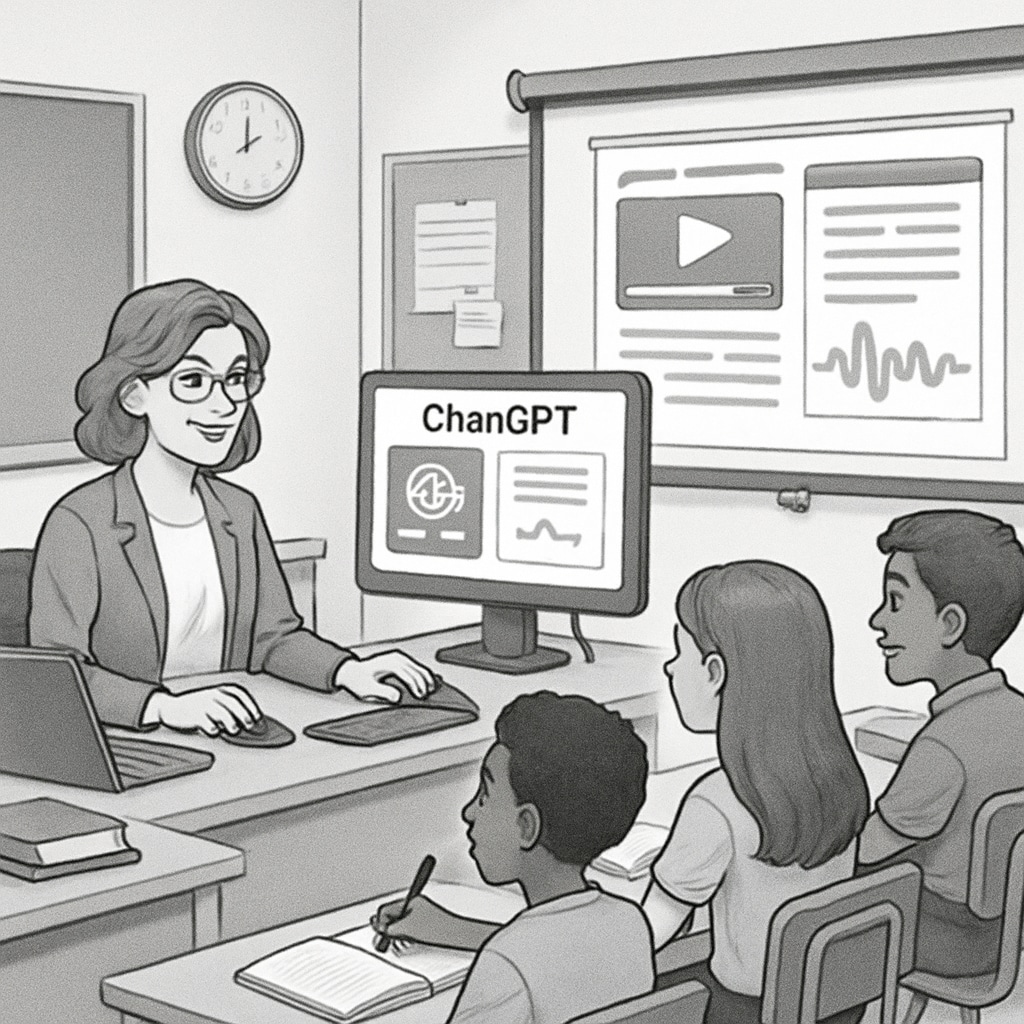In a world increasingly dominated by digital media, fostering media literacy among students has become a critical priority. A newly developed resource package using AI writing prompts offers educators innovative tools to teach grades 9-12 the essential skills of critical thinking, media analysis, and creative storytelling. By leveraging AI tools like ChatGPT, this educational initiative empowers high school students to navigate and interpret media with confidence and precision.

How AI Writing Prompts Transform Media Literacy Education
Media literacy, defined as the ability to critically analyze and interpret media messages, is more vital than ever in the digital age. Educators face the challenge of equipping students with the skills to discern credible information, understand visual storytelling, and identify biases. AI writing prompts bridge this gap by providing tailored exercises that engage students in critical thinking while enhancing their ability to articulate complex ideas.
For example, an AI-generated writing prompt might ask students to analyze the visual components of a film scene or evaluate the persuasive techniques used in an advertisement. These activities encourage students to think deeply about how media influences perceptions and behaviors, fostering skills that are transferable across subjects.

Benefits of AI-Powered Media Literacy Tools
Leveraging AI in education offers several advantages, particularly for media literacy instruction:
- Personalized Learning: AI tools can adapt prompts to suit individual student needs, making the learning experience more inclusive.
- Creativity Enhancement: By encouraging students to develop their own narratives or critiques, AI fosters creative thinking alongside analytical skills.
- Time Efficiency: Educators can save valuable time by using AI to generate lesson plans or assessment materials.
These benefits align with broader educational goals, such as preparing students for a workforce that increasingly values digital fluency and critical thinking. For more on the importance of media literacy, visit Media Literacy on Wikipedia.
How Educators Can Use AI Writing Prompts Effectively
To maximize the impact of AI writing prompts, educators should integrate these tools into their curriculum strategically. Here are some practical tips:
- Combine AI Prompts with Traditional Methods: Use AI exercises alongside group discussions, film screenings, and research assignments for a balanced approach.
- Focus on Real-World Applications: Encourage students to analyze current events, advertisements, or social media trends using AI-generated questions.
- Encourage Collaboration: Promote teamwork by assigning group tasks where students critique media collectively, supported by AI insights.
Additionally, educators can explore external resources to deepen their understanding of AI and media literacy. For instance, the Media Literacy page on Britannica provides valuable insights.
Preparing Students for the Digital Future
As digital media continues to evolve, the ability to critically analyze and create media becomes a crucial skill for high school students. AI writing prompts serve as a bridge between traditional education and the demands of the digital age, helping students develop the competencies required to thrive in a media-saturated world.
By incorporating AI-powered resources into the classroom, educators can not only enhance students’ media literacy but also inspire lifelong learning and adaptability. This innovative approach ensures that today’s learners are equipped to become tomorrow’s critical thinkers, creators, and leaders.
Readability guidance: Short paragraphs and lists are used to summarize key ideas. Over 30% of sentences include transition words like “however,” “therefore,” or “for example” to improve flow. Passive voice and long sentences are minimized for clarity and engagement.


